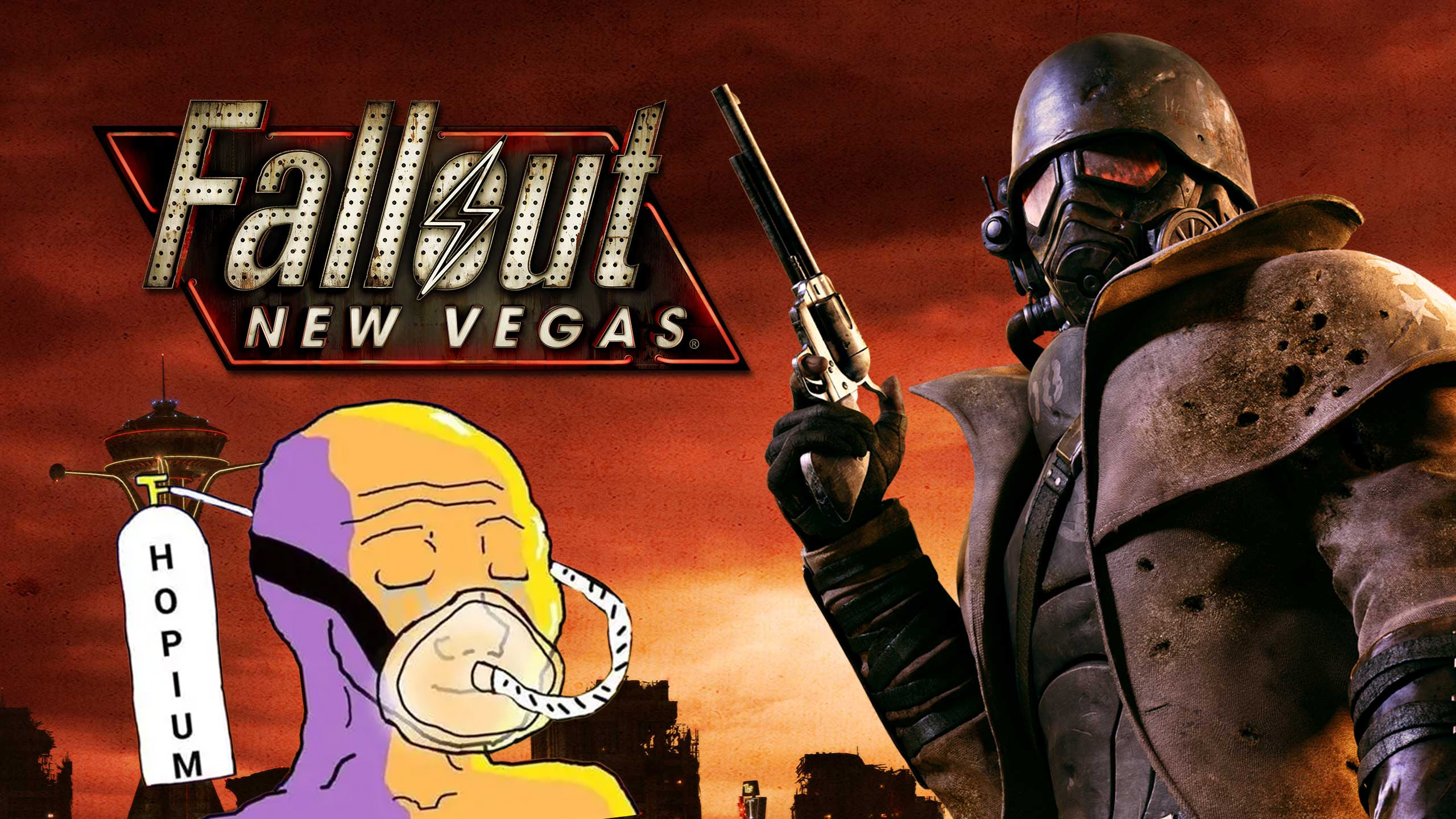Killer Instinct, and how Microsoft can revive one of its most legendary franchises
Everything we think Microsoft needs to make a successful Killer Instinct sequel.
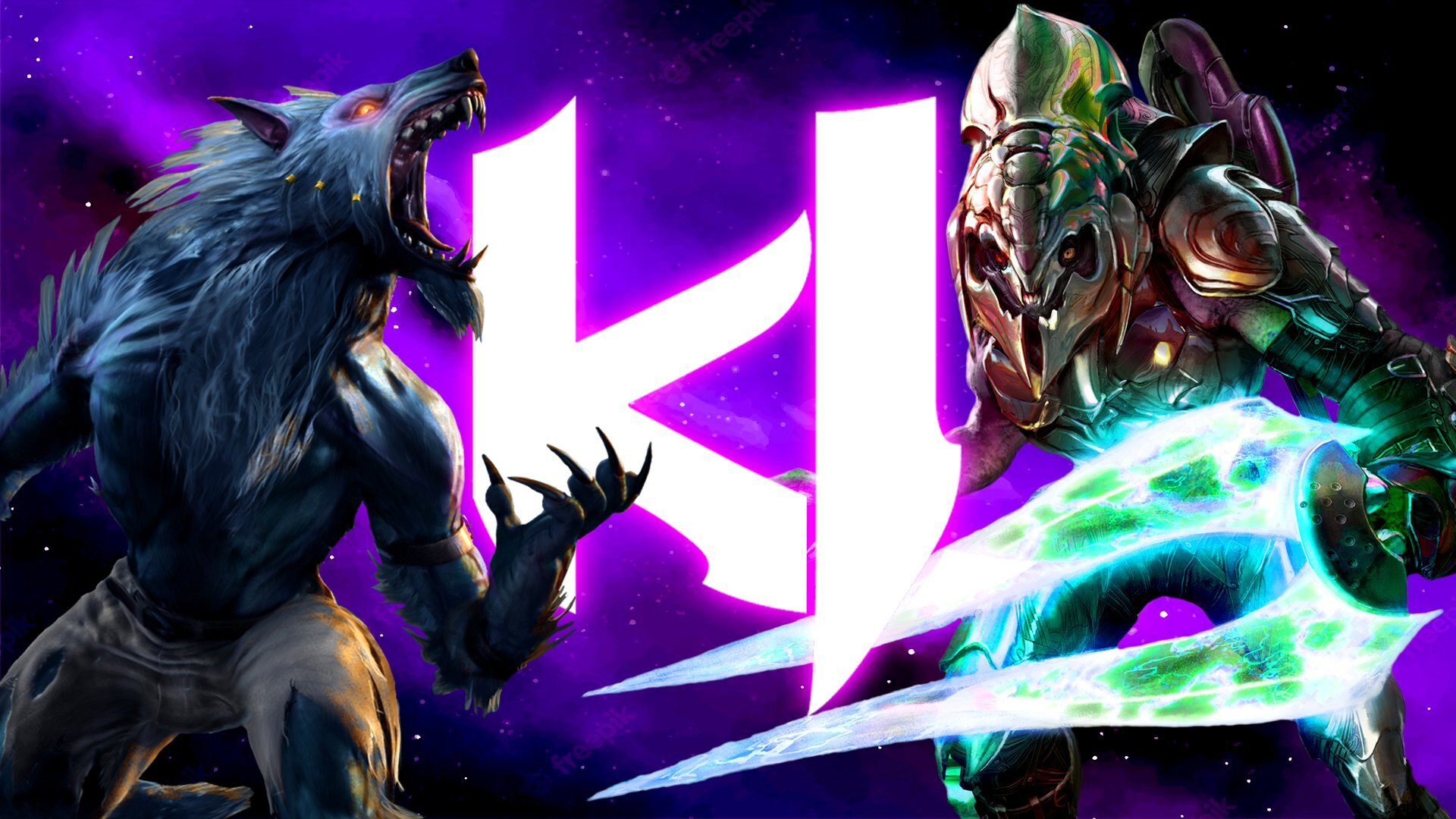
As far back as 1994, Killer Instinct has been a beloved, but less popular, staple of the fighting game genre. Releasing two years after Street Fighter 2 and Mortal Kombat, as well as sharing the same publisher as MK in its formative years, has meant that it has often been in the shadows of the two behemoths. In spite of its more niche appeal, the dark and often horror-esque roster had quite the cult following. Like, where else could you see a werewolf fight a spider lady before tearing up a literal dinosaur and then picking its teeth with the remnants of an animated skeleton? Nowhere. Yet, after Killer Instinct Gold in 1996, the franchise was almost unheard of until its resurgence with Killer Instinct in 2013 on Xbox, and eventually Windows PCs.
Now, in the face of all the excellent work Killer Instinct (2013) put in to resurrect the franchise, it seems like the series is again starting to fade into the shadows that birthed its eclectic cohort of characters.
Microsoft has previously hinted that it's still interested in the Killer Instinct franchise, but little concrete has materialized thus far. What does Microsoft need to do to ensure that Killer Instinct can compete with the likes of Street Fighter 6 and Tekken 8 on the horizon? And is it even possible? We spoke to various Killer Instinct aficionados from developers to the esports scene to find out.
Preserving Killer Instinct's feel

The first, and probably most obvious aspect of a successful Killer Instinct title is the character of the series itself. In speaking with Jake “Mustard” Neal, a professional e-sports commentator, competitive fighting game player and full time content creator, he points out that Killer Instinct’s roster is “instantly recognizable” and this is repeated by Jake’s brother, Ryan “Ketchup” Neal who also added that “presentation and sound” were two of the most appealing features to Killer Instinct, adding that “...the thing that stood out in a gameplay sense was actually the combo system”.
That means there is a clear expectation of not only how a Killer Instinct game might feel, but how it sounds and the way it looks all play a key part in setting itself apart from the competitors. In a timeline that often sees the homogenization of fighting games, Killer Instinct’s biggest asset is the things that sets it apart from the madding crowd.
Release on more platforms Day One
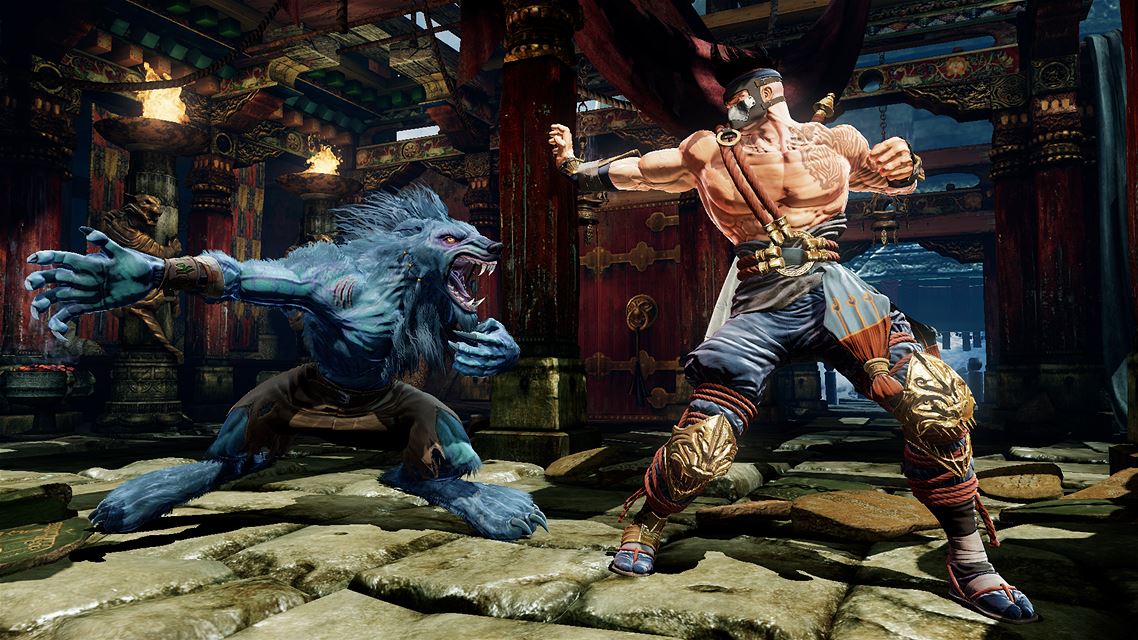
There will undoubtedly be a few fanboy heads shaking on this one, but what Killer Instinct really needed to survive in its first installment was a PlayStation release. Every single major fighting game of the generation was played on PlayStation 4 and those that weren’t playing on Sony’s platform would often advocate for a PC release, which Killer Instinct didn’t receive until almost three whole years after it first landed. And that’s echoed by Jake Neal when he told me that “one thing that always stood out was a lack of a PC release originally. My brother and I had to buy an Xbox One specifically to get KI2013 and we didn't know many people that were willing to make the same investment”.
The Xbox One was a metaphorical and quite literal weight tethered to the feet of its fighters. By encouraging everyone to play Killer Instinct and adopting crossplay, much like Guilty Gear, Street Fighter, and Mortal Kombat, you’d break down the barriers and stimulate an online community beyond the bickering over your platform of preference.
PlayStation has cornered the market of fighting games with exclusivity deals for titles like Street Fighter, while also outright purchasing the world's biggest fighting game tournament EVO. Killer Instinct simply doesn't enjoy the same prestige as titles like Smash Bros., to the point where it can't survive without larger platforms on board. If there's one Xbox exclusive that should bite the multiplatform console bullet, it's Killer Instinct.
All the latest news, reviews, and guides for Windows and Xbox diehards.
Clean up Killer Instinct's messy UI and HUD

While preserving Killer Instinct’s distinct look and feel is important, anyone reflecting on 2013’s release might think that it looks muddy and quite cluttered. Upon release, and for its first and second DLC pass, Killer Instinct was only able to run at 900p but preserved a frame rate of 60fps which Jake Neal states that “the visuals, especially for a launch Xbox One title, were crisp and in-your-face“. It wouldn’t be until much later, in its third season of DLC, that it would receive graphical updates to truly push it into the next generation.
It wasn't just the lower resolution that made Killer Instinct muddy. Its UI and overall HUD, as well as how it displayed information in-game could be quite hard to follow alongside the dynamic camera angles and strong graphical accents to each attack. This is particularly frustrating if you, as a beginner, need to pay close attention to the breaker system and the onscreen indicator of a failed breaker to understand your mistakes or even pick up on your opponent's habits.
The simplest solution would be to declutter Killer Instincts graphics, including the UI, reduce the dynamic camera, and tone down the effects on certain attacks. This would prevent the often frustrating camera zoom and make everything a bit easier to parse without compromising the overly dark and foreboding feel of Killer Instinct. Alternatively, Killer Instinct could go the way of Guilty Gear Strive and use more subtle pastel colors and clean up the overdesign graphically, but this was not well received by existing Guilty Gear fans and could land KI in hot water.
Make Killer Instinct's systems easier to use
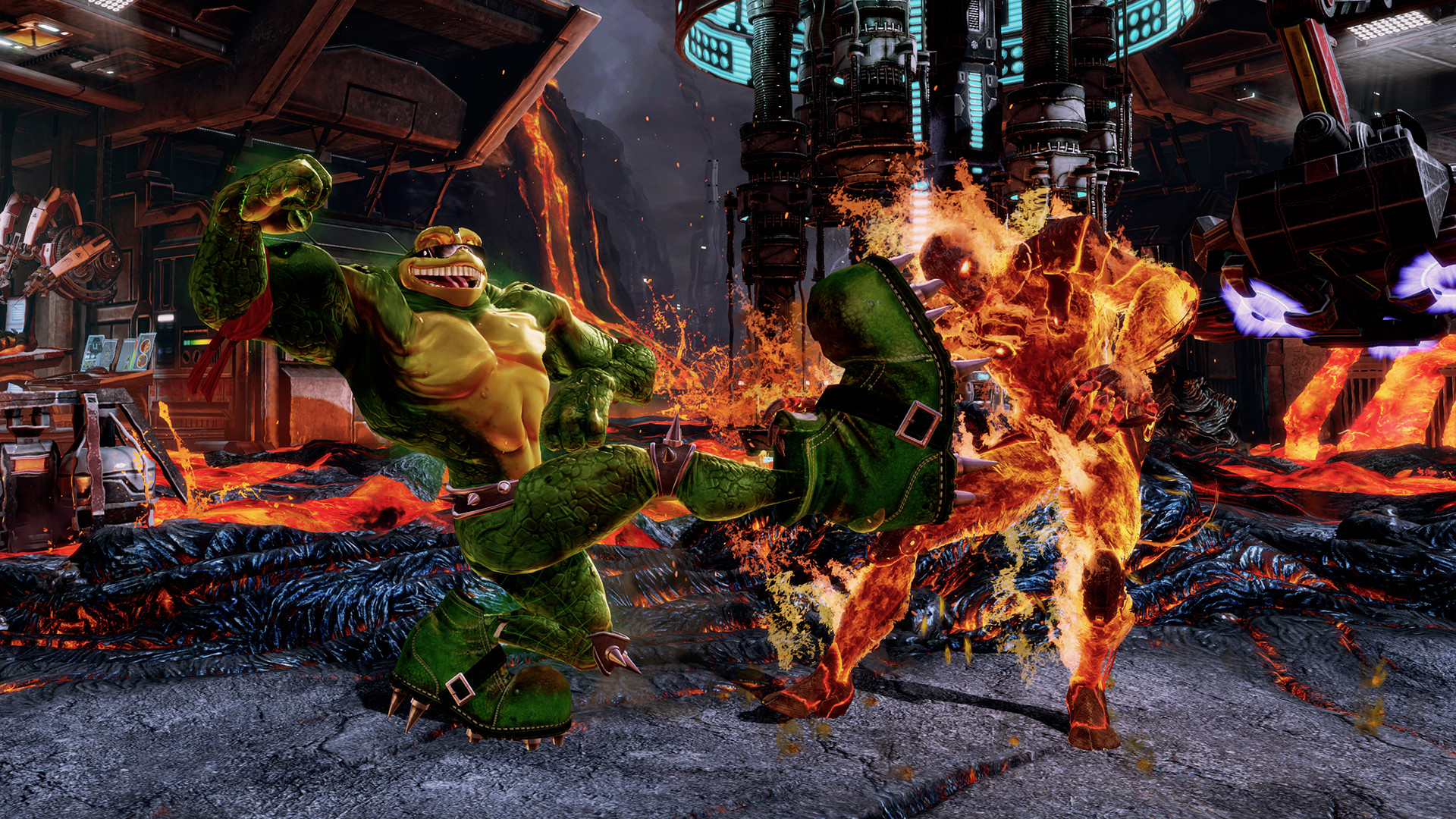
It’s hardly a hot take to say Killer Instinct can be quite complex, although Ryan Neal does correctly point out that “KI 2013 allowed the combo system to be far more accessible to newer players." Even the Dojo tutorial couldn’t cover all the bases, which resulted in a whole website dedicated to tutoring players on Killer Instinct from the ground up because the game doesn’t quite get you there itself.
This is compounded by the fact that Killer Instinct functions in so many different ways to standard fighting games, with Jake adding that “KI has a lot of mechanics almost entirely unique to it or different enough that you may not pick it up instantly." Jake remarks that Killer Instinct's Dojo mode is among the strongest tutorial systems in the genre, but it doesn't quite go far enough given the sheer volume of per-character unique mechanics that exist in the game. “A strong in-game tutorial is crucial at making sure you have the information required to learn properly”.
So, it might be worth considering making Killer Instinct’s mechanics even more approachable as a way of converting existing fighting game players or making them more relatable. With that being said, many have decried the simplification of the fighting game genre and they are, in part, correct to do so. There are often times when a reduction in the overall complexity can hurt the depth of a game, which is a very important point to consider with an almost unanimous consensus that the systems are what make Killer Instinct so unique.
Engage players of all levels and in different ways
With the next generation of fighting games on the horizon and many since 2013’s release of Killer Instinct, it’s clear that Killer Instinct needs to offer more than just the basic offering you’d expect in a fighting game. With Street Fighter 6 promising a World Tour, Tekken 7 finally taking its story more seriously, and even Granblue Fantasy Versus adding a side-scrolling beat ‘em up to its game modes, Killer Instinct would need to offer more to keep up.
One way this could be done is with a card game. Dan Fornace, a former Killer Instinct developer and now lead designer of the Rivals of Aether universe, has spoken quite a lot about the Killer Instinct card game that was developed for EVO 2013 and used to prototype the Breaker System in Killer Instinct.
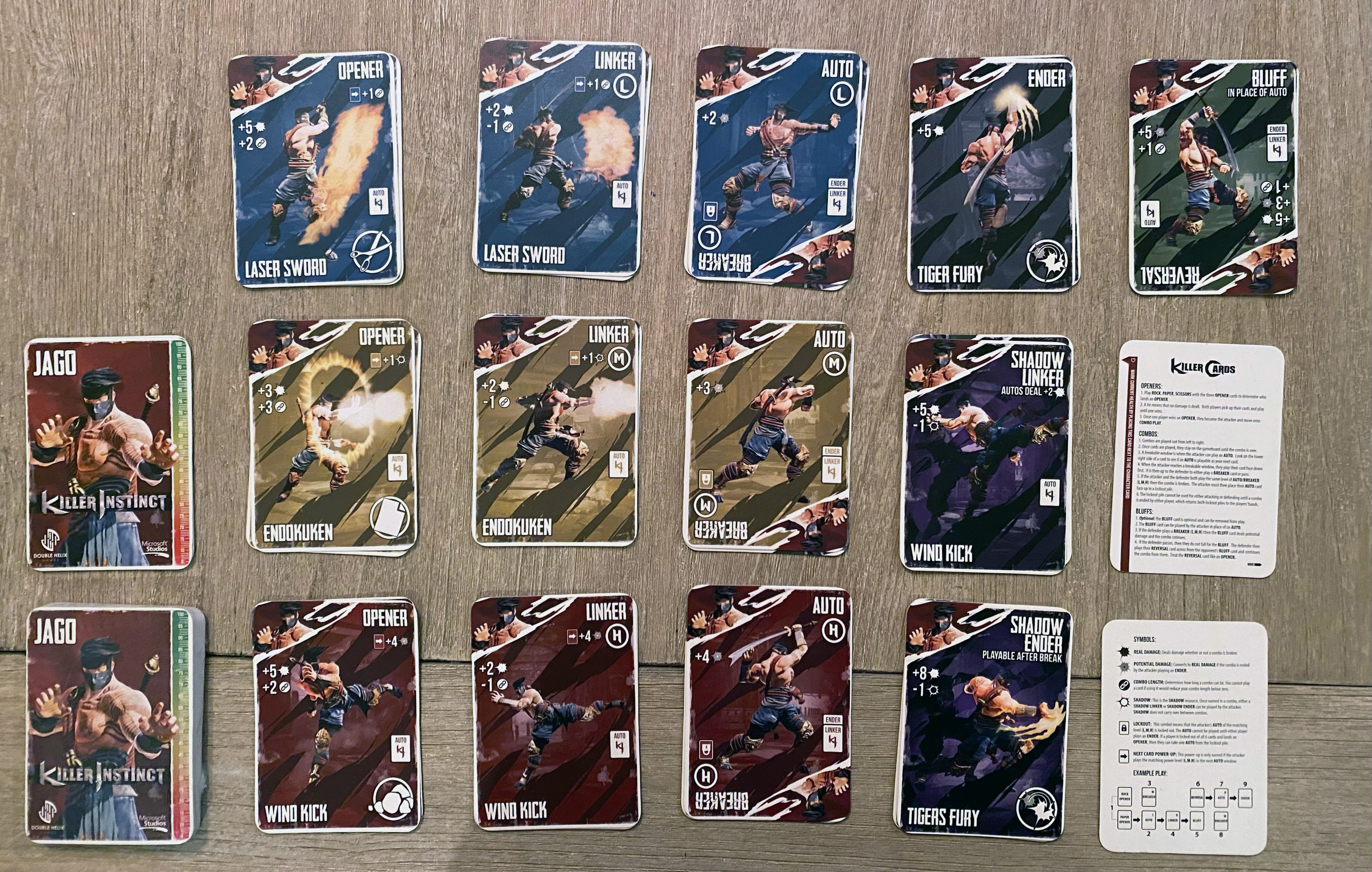
Fornace went as far as to say “we did discuss doing more with the card game at one point. It would have been cool to make a digital version or something” and believed the card game’s premise was really fun, but “required some changes to the design to actually be compelling for long-term play."
Fornace also believes that keeping players engaged could also come from user generated content (UGC). Fornace has said “I think one area that fighting games could improve is leveraging user-generated content in creative ways. The fighting game community has always been insanely passionate and willing to jump through all kinds of hoops to customize their experience," which is truly evident when it comes to some game’s modding scenes. Even a game that’s now ten years old, like Ultimate Marvel vs Capcom 3, still has an active modding community that designs its own characters. Fornace also highlighted that these tools can also be used to upskill players and pointed towards Guilty Gear Strive’s combo-sharing system and spread more awareness in-game.
Increasingly, companies like Netflix and Paramount are exploring tie-in TV shows as well. Few video game franchises would adapt so easily to anime or TV like Killer Instinct, given its pre-established lore, colorful cast, and unique visual profile. The classic 90s Street Fighter anime is among the best video game adaptations of all time (just don't mention the live-action movie). With recent success stories like Cyberpunk Edgerunners driving record engagement for Cyberpunk 2077, you have to wonder if Killer Instinct could make a similar splash with a high-quality adaptation.
Improve Killer Instinct's tournament circuit and seasonal balances
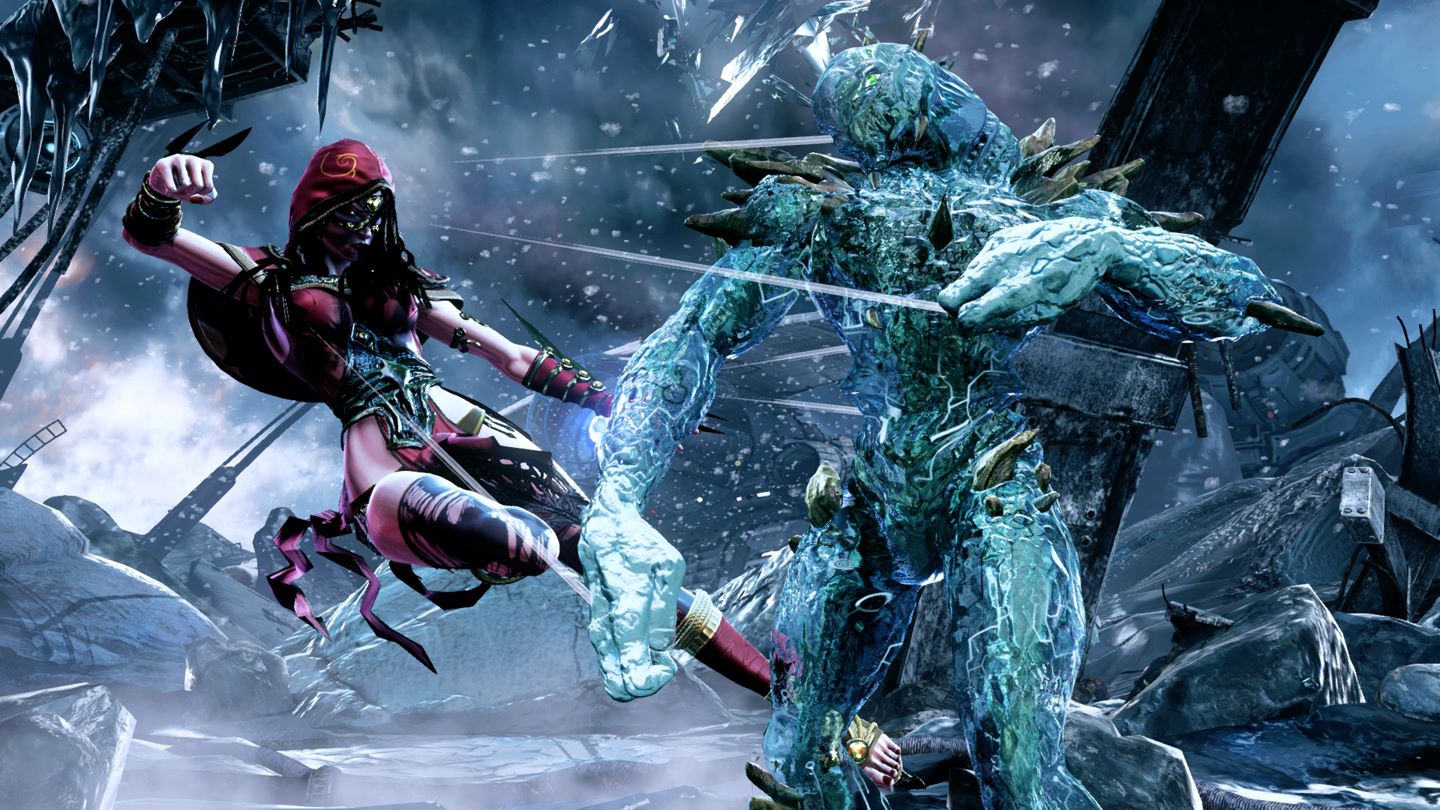
A staple of the modern fighting game is its tournament circuit and the balance patches that form seasons. Now, Killer Instinct did have its own Killer Instinct Cup, and indeed its season passes, but the tournament was founded long after its release and, to be quite frank, was nowhere near as engaging as the offerings of the Capcom Cup or Tekken World Tour due to it not linking entirely with seasonal balance patches.
Such a big part of engaging users is to capitalize on early interest, developing community narratives, and enabling smaller scenes to band together to represent their own part of the world. The Killer Instinct Cup felt very American-heavy with only one participant in the finals representing any continent outside of North America in the two years it was running.
Having a Dojo system, similar to the Tekken World Tour, would allow local players to rally behind their local scenes and generate organic interest in the circuit beyond big prize money. Because the Killer Instinct World Cup did have a good amount of prize money, raising additional pot funds through DLC — which is something many fighting game players have cried out for in their games of preference.
Another point of contention is walking the tightrope of maintaining interest in the field and ensuring new and returning players can keep up while also keeping the game fresh with balance patches and updates. Fornace has said that "live-service multiplayer games are great at keeping player bases healthy. But games like MvC 2 and Melee prove that gameplay is more important than patches or endless content." which adds credence to this ethos. Ryan "Ketchup" Neal, an EVO Top 8 finalist for Mortal Kombat, agreed by remarking, "one thing that actively hurt my personal progression while I was involved was actually the abundance of patches... I find patches of that quantity hard to keep up with," in relation to why he stopped playing Killer Instinct.
Branch out to other fighting games with guest characters
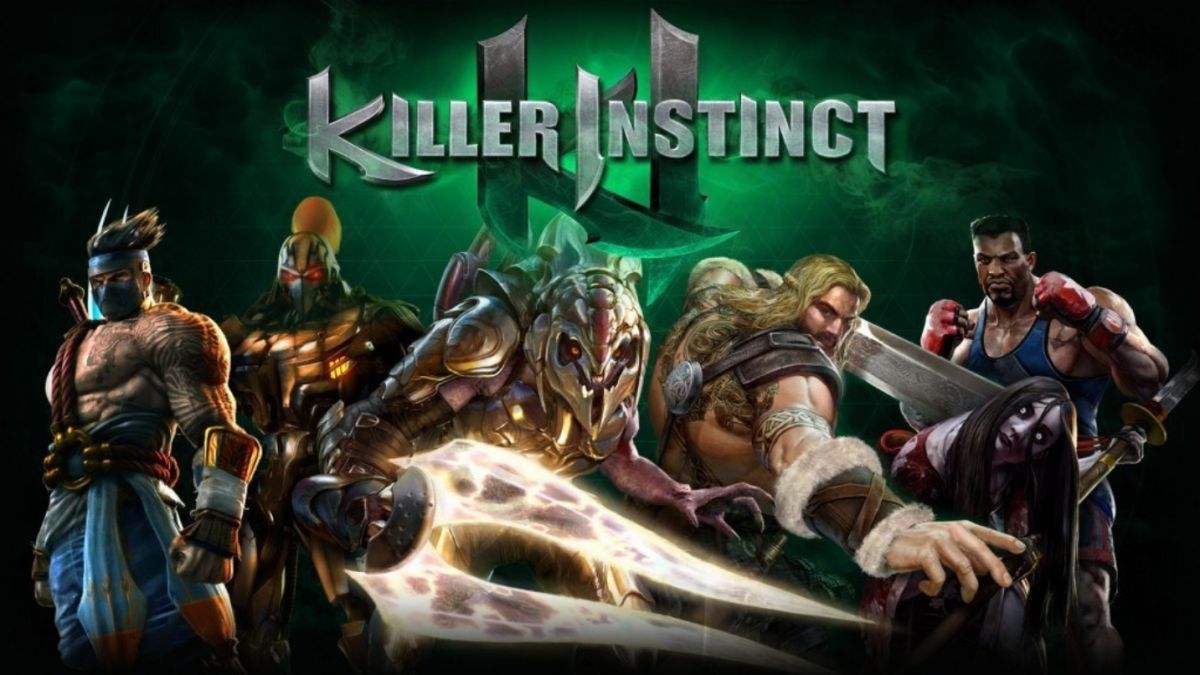
Killer Instinct absolutely had guest characters, some really sick guest characters, but they were all Microsoft-owned IPs and not from other fighting games or platforms. To stand a chance against its competitors, or even steal some of their limelight, Killer Instinct would need to look further afield to turn heads.
Games like Tekken 7 and Soul Calibur VI utilized links with Capcom, Square Enix, AMC, and SNK to get characters like Akuma, Haohmaru, Geese, Negan from The Walking Dead, and EVEN Noctis Lucis Caelum from Final Fantasy XV. While not all of these characters are from different fighting games, some aren’t even from games at all, they do bring new audiences to the genre or turn the heads of players that wouldn’t naturally rally behind the product due to play form affiliation — unlike players who might have rallied behind General Raam, Arbiter, or Rash due to their close Microsoft ties.
If Killer Instinct could dig deep and pull some of the scarier characters from other IPs, like any of the Mortal Kombat cast, Oni from Street Fighter 4, or even Devil from Tekken, it might help turn a few heads while finding characters that could flourish in the environment of Killer Instinct. Games like Fortnite, Dead by Daylight, MultiVersus, Smash Bros., and many more have leveraged cross-IP celebration to great effect, and Killer Instinct would doubtless benefit from doubling down in this area.
Keep Killer Instinct on the cutting edge of tech
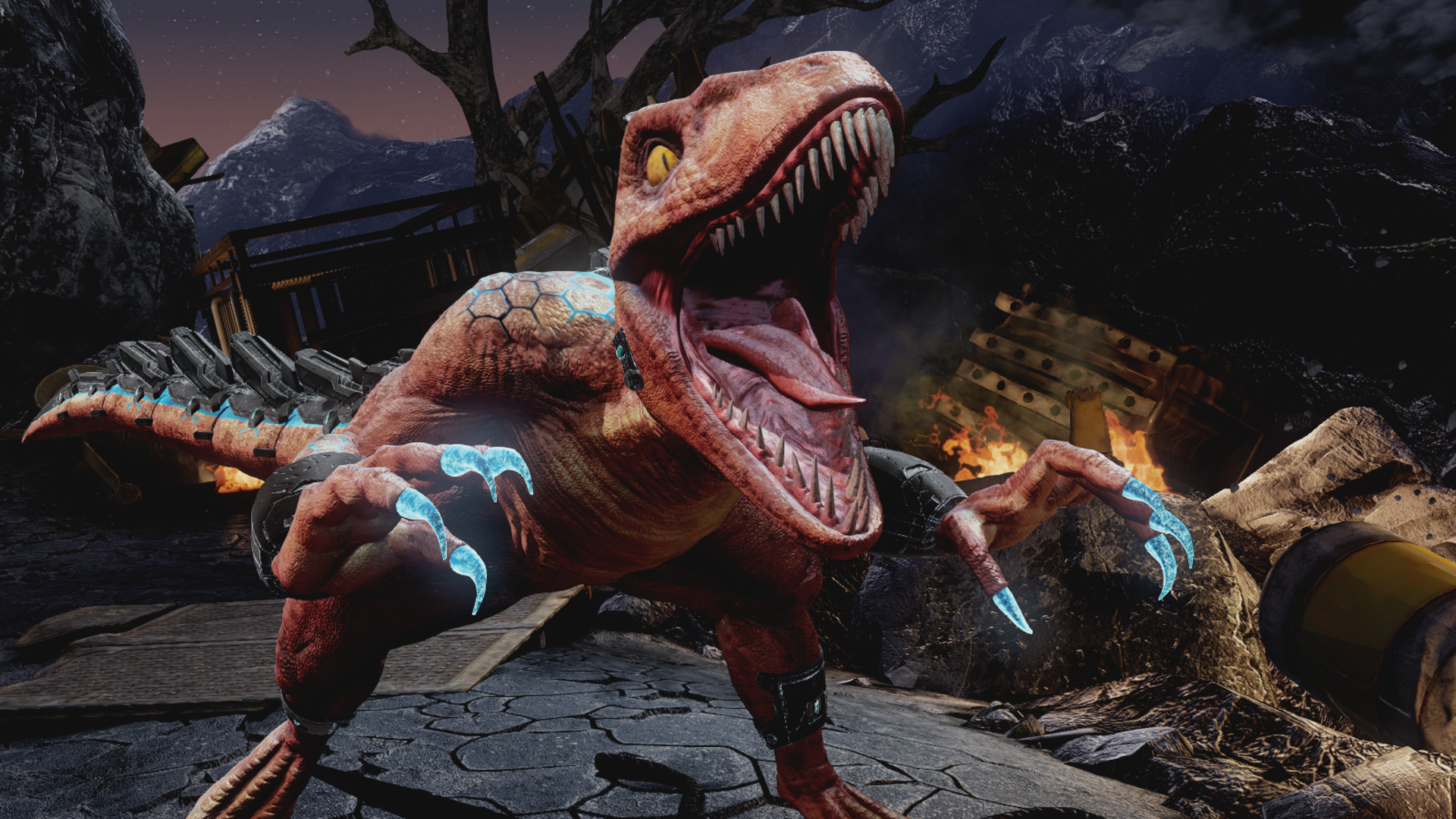
Killer Instinct was actually a pioneer in the rollback netcode space. When it comes to netcode, rollback netcode is the most coveted in the genre thanks to its ability to almost rewind interactions on screen if players desync to an extreme extent. While it can be visually jarring, rollback netcode is much preferred over delay based netcodes that can impact the amount of time taken to react to special moves and attacks online due to the way they handle connections. In fact, Dan Fornace shared, “I think the biggest thing that Killer Instinct did well was the incredibly implemented rollback in a AAA fighting game. Before KI 2013, rollback was mostly found in emulation and indie games like Skullgirls. Killer Instinct showed that other AAA fighting games can and should use it. It took a while, but the rest of the fighting game industry is finally catching up and Killer Instinct paved the way.” Both Jake and Ryan also agree with this as a major part of Killer Instinct’s shining successes in 2013.
If a follow-up was to be released, just banging their biggest and loudest drum to let everyone know that rollback is part of the development and preserving a stable online experience, alongside other quality-of-life changes to the existing online experience of Killer Instinct, is at the forefront of the discussion.
Killer Instinct could also look to integrate live replays and Twitch integration in its main menus. This is something that other games have tried to support, but not quite achieved as of yet. By presenting replays and tournaments in its main menu, users could be drawn into different levels of competition by viewing how others play their character, rack up additional playtime (a metric that Game Pass values greatly), and convert casual players into actively engaged competitive community members by exposing them to tournaments all around the world.
Microsoft could even consider making Killer Instinct available on the cloud with Xbox Cloud Gaming. While it does introduce several more frames of input delay and has not traditionally been well received by the community in other fighting games, it could help players with underpowered computers or those who want to play on the move continue to invest in Killer Instinct when they aren't at home.
A modernized free-to-play experience
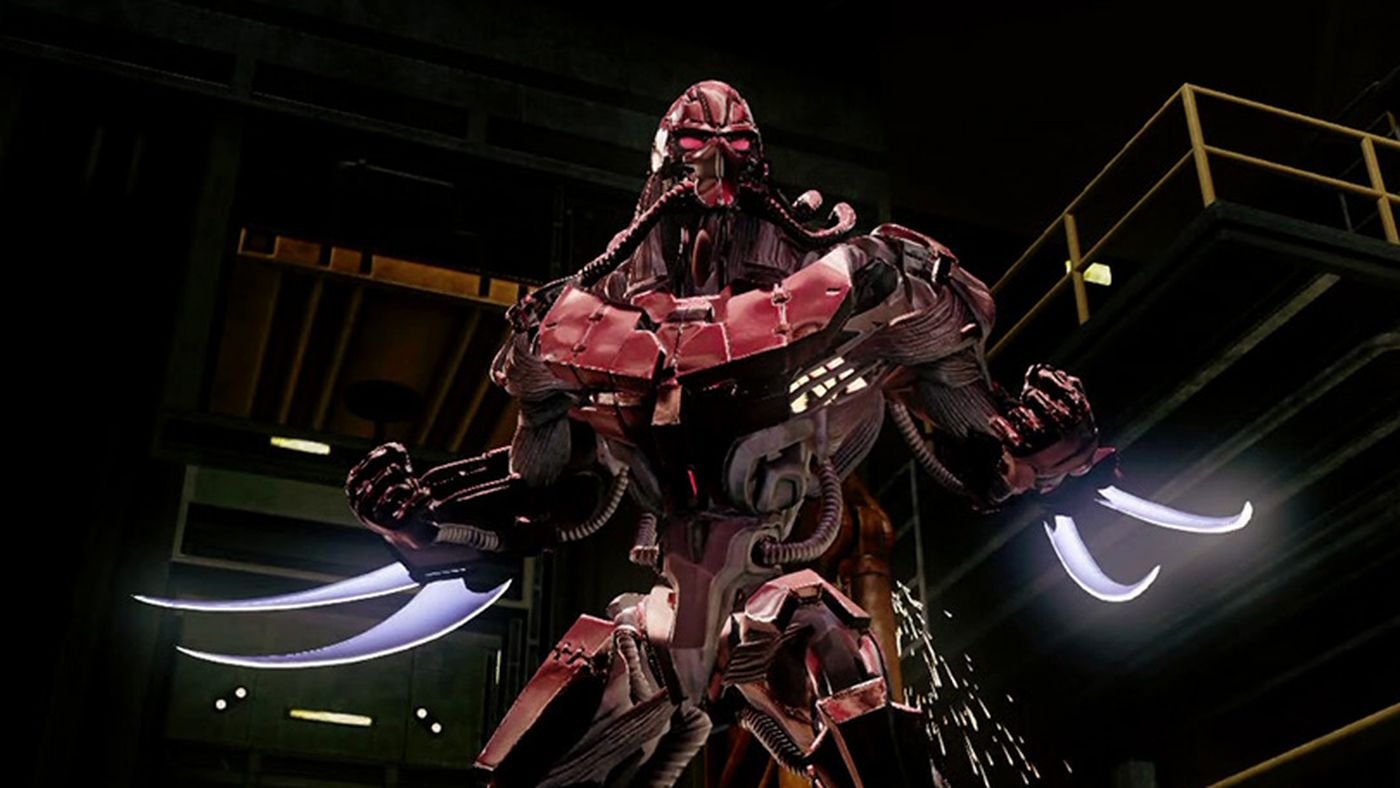
Another really progressive approach Killer Instinct took was to make Killer Instinct free-to-play, but with the caveat of only one singular character being available on a rotating basis. Given the small release roster sitting at six characters on release, this was very limiting, and the rotating nature meant that any character you might find an affinity for would be fleeting.
Instead, Killer Instinct could release with a larger base roster and have a set staple of characters permanently on Free to Play, preferably iconic series regulars, and an additional rotating character or two from progressive seasons. This would help Killer Instinct compete with Riot's Project L, which is just on the horizon and promising to be free to play.
On top of that, they could go the way of Street Fighter V and allow players to earn their characters with in-game currency that is earned through continued play. While it might hurt the overall sales, it could increase the regularity with which players actively engage with Killer Instinct and stimulate its concurrent users to ensure that it has longevity and a reason to keep playing.
You could even bundle the characters and cosmetics in a more modern Season Pass format, like Destiny 2, wherein you unlock the actual main content instantly — such as characters — but there is a seasonal progression that allows you to unlock new skins and rewards those who continue to play. Traditionally in fighting games, Season Passes can last several months to a year, with roughly 3-5 characters releasing in that period, but these Season Passes only capture the attention of the most dedicated of players and often leave a more casual audience waiting during large periods of downtime. By learning from Battle Passes and Season Passes in other genres, fighting games can utilize this format to keep players engaged for longer periods of time. This could all be factored into Xbox Game Pass too, which would mean the base product would be free for everyone, but there is an added incentive for those that already subscribe to Microsoft's service.
Finding a new Killer Instinct developer
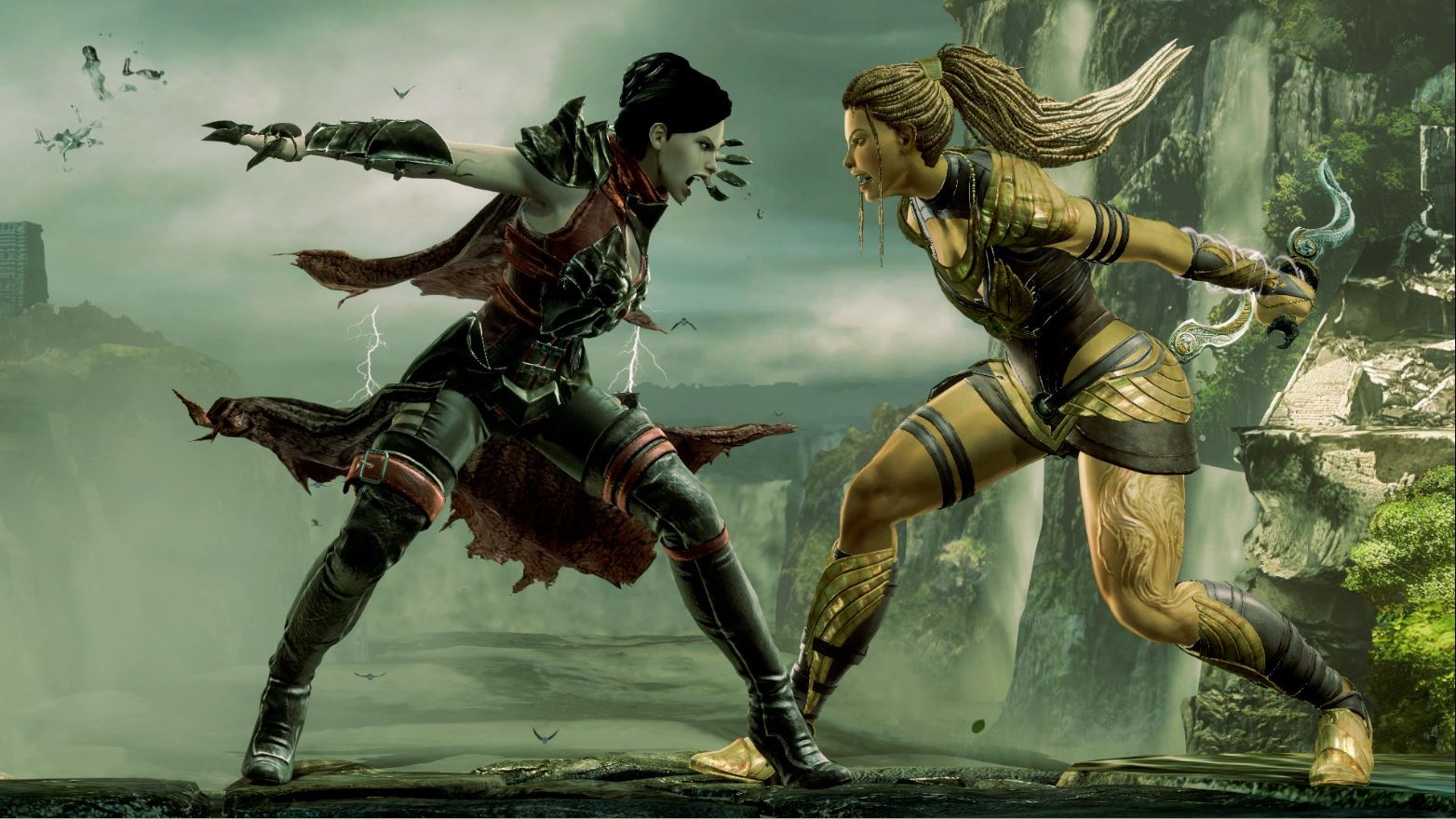
One of the often-mentioned criticisms of Killer Instinct is that it wasn’t entirely one vision of what the series should be. Initially Killer Instinct was developed by Double Helix Games before moving to Iron Galaxy which, as expected, saw some shifts in how Killer Instinct’s second and third season felt.
To ensure that there is a consistent feel and evolution from release until the natural cycle of a proposed second game would conclude, Killer Instinct needs a new developer. Even with Microsoft continuing pursuit of more Studios to add to its laundry list of names, it distinctly lacks a developer with strong ties to fighting games. So, looking externally to develop Killer Instinct 2 with another studio could be the key to success.
Companies like Bandai Namco have shown a willingness to help develop or publish IPs that aren’t their own with Dragon Ball FighterZ and Guilty Gear Strive, whereas Capcom have shown they are more than willing to work on platform-exclusive titles, like Street Fighter V and its original PlayStation only release. However, neither of these developers truly excels in the aesthetic feel that Killer Instinct is known for, so why not try and get Iron Galaxy back on board and allow them to build their vision of Killer Instinct from the ground up. Microsoft could also seek to work with Warner Bros Interactive Entertainment and NetherRealm Studios to utilize their experience in dark and violent fighting games that feel much closer to Killer Instinct in terms of visual appeal. A final consideration could even be Code Mystics. Code Mystics have contributed to several fighting games, including Garou: Mark of the Wolves, King of Fighters, and Killer Instinct (2013), as well as the Killer Instinct Classic titles, and recently announced a spectator update to their Arcade1Up collection, showing a continued willingness to support the series.
Killer Instinct was, and is, special
Throughout every conversation I’ve had with professionals, developers, competitors, and passionate amateurs about Killer Instinct, it’s clear that the series has a special place in everyone’s heart.
Every single person nearly tripped over themselves to highlight the often-overlooked successes of Killer Instinct and how it is rarely considered as an innovator or fell prey to being on the wrong platform at the wrong time. I could wax lyrical about my time with Killer Instinct and my own impressions, but ultimately there’s only really one major step that Microsoft needs to take right now and that’s to announce the sequel to Killer Instinct (2013). Fans are clamoring over each other to get a sequel and it really does seem that platform loyalists missed out on a truly great experience, so it’s time to show them what they are missing.

While we're waiting for the next Killer Instinct title to, hopefully, arrive, you can play the 2013 original and plenty of other great fighting games like Injustice 2 and Mortal Kombat 11 through Xbox and PC Game Pass.

Ryan is a Former Contributor for Windows Central, covering Destiny 2 and other gaming hits.
